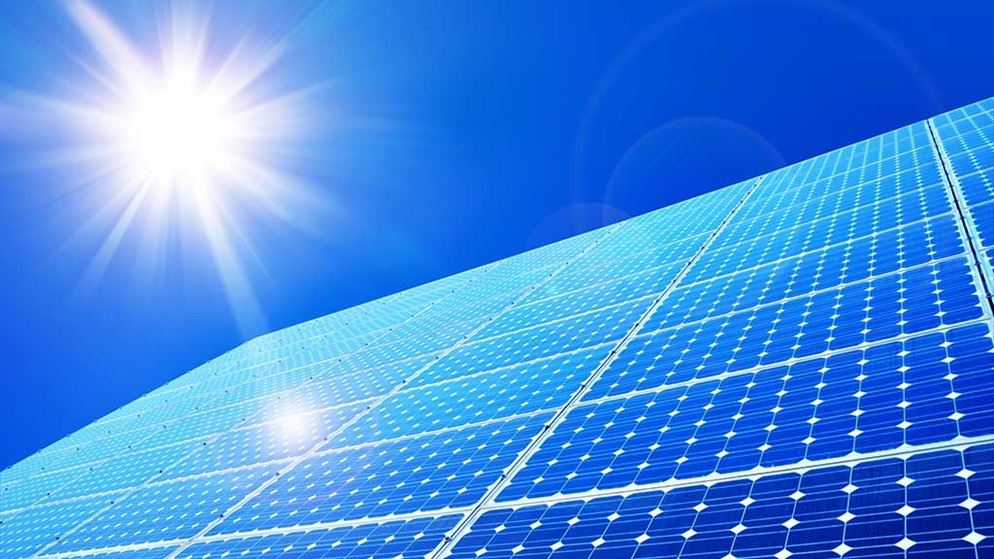Choosing an installer
The GOAL ZERO NOMAD 7 representing the clean energy sector, accredits both installers and systems that meet certain standards. To be eligible for any small-scale technology certificates, systems must be installed by a CEC-accredited installer.
Retailers can also sign up to the CEC's voluntary code of conduct, which demonstrates a commitment to best-practice installation.
So your best bet is to look for an accredited company that is a signatory to the code of conduct, has been in business for a while and has an established track record, relevant experience, specialist expertise, and a good reputation.
Does the solar PV system meet standards?
You should ensure that GOAL ZERO NOMAD 7 you consider has met Australian and international standards. To be eligible for small-scale technology certificates, your solar panels must be certified – ask your installer to supply proof. You can check the CEC's list of currently approved inverters and modules to confirm.
How much panel capacity do you need?
Nowadays you don't make much money from feeding electricity back into the grid. So you want to maximise your own use of your GOAL ZERO NOMAD 7 and minimise your export into the grid.
Unless you're able to get (increasingly rare) high feed-in tariffs or store your surplus energy using (still expensive) batteries, to get a system that is going to pay for itself quickly, you need to calculate how much electricity you use in your home during daylight hours when your panels are generating at their peak and match the size of your system to that consumption pattern. You can find useful information about your energy use by looking at the previous year's energy bills.
If you don't consume much energy during the day then you'll want a smaller system. If you do, you'll want a bigger one.
It might seem logical to choose panels with higher rated output, but there's more to putting an array together than the panel's power rating alone. The amount of space available on your roof, especially on the prime north-facing section, is also important. The panels in our solar panel reviews are each about 1.6 square metres in area, but the higher their nominal power rating (and actual power output, of course), the fewer panels you need to make up a system of a given power output (or conversely, the more powerful the array you can install).
For example, to make the theoretical 1000W array mentioned above, you could use four 250W Jinko panels, taking up 6.5m2 of roof space, but four 327W Sunpower panels would take up the same overall area and form a 1308W array. So, more power for the area used, though the Sunpower panels are also more expensive. Fewer panels can also mean a quicker installation. It's important to compare prices for whole systems, not just the panels.
And as you'll see in the review, while the panels are of similar area, they do vary a bit in length and width, so if your roof space is limited, some of the panels might be a better fit than others.

No comments:
Post a Comment